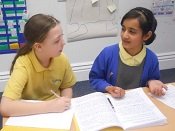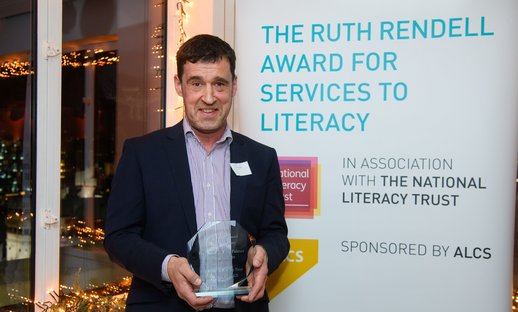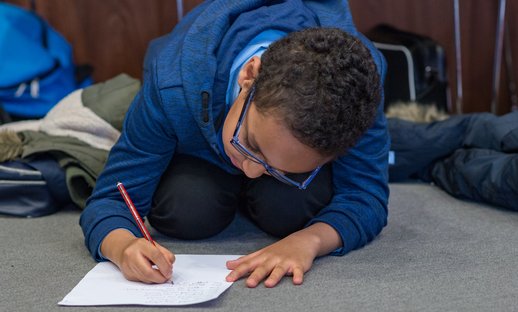
The return to school for both children and teachers can feel exciting and apprehensive in equal measure. To support teachers of KS1, KS2 and KS3/ P2 to S3 pupils with a smoother transition, we have created back to school activities for primary and secondary children to enjoy. These ideas and activities are based around reading for pleasure and writing for enjoyment and aim to help to instil a life-long love of literacy in pupils. Find out what these resources include and how to use them in your classroom below.
Transition reading and writing activities
The excitement of the new school year provides a great opportunity for teachers to embed reading for pleasure and writing for enjoyment as part of everyday life at school. Creating a culture of reading for pleasure and writing for enjoyment at school will also help children and families to carry on reading, and enjoying reading, at home.
To help you welcome children in primary and secondary age groups back to school and settle them into your classroom, we've put together a range of easy-to-deliver transition ideas and activities which will kick-start your year with reading at its heart!
How to use our resources
The resources are designed to be used with primary school children aged 5 to 7 (KS1 or P2 to P3) and children aged 7 to 11 (KS2 or P4 to P7) as well as secondary children aged 11 to 14 (KS3 or S1 to S3).
Each teaching resource includes:
- Quick-fire ice-breakers to support pupils to get to know each other and their teachers, whilst refreshing their core speaking and listening skills
- Fun, easy-to-deliver, reading for pleasure and writing for enjoyment activities to help create a buzz about literacy!
- A suggested read for the first week back at school, with discussion questions to encourage book talk and book response activities amongst children. The recommended read focuses on the theme of transition and change.
These teaching resources can be used alongside some of our other popular activities for schools like 'Brilliant ideas to encourage reading for pleasure'.
Download files
You might also be interested in
-
Free
Tom Palmer, winner of the Ruth Rendell Award 2019, shares his top tips for getting children reading and writing through football.View details about Tom Palmer's top reading and writing tips for teachers, librarians and parents -
Premium
Materials to support whole-school exploration of writing for pleasure.View details about Writing for pleasure -
Premium
This comprehensive guide to research and policy developments in primary literacy designed to help you develop evidence-based, sustainable literacy practices.View details about Primary Literacy Guide and Review


